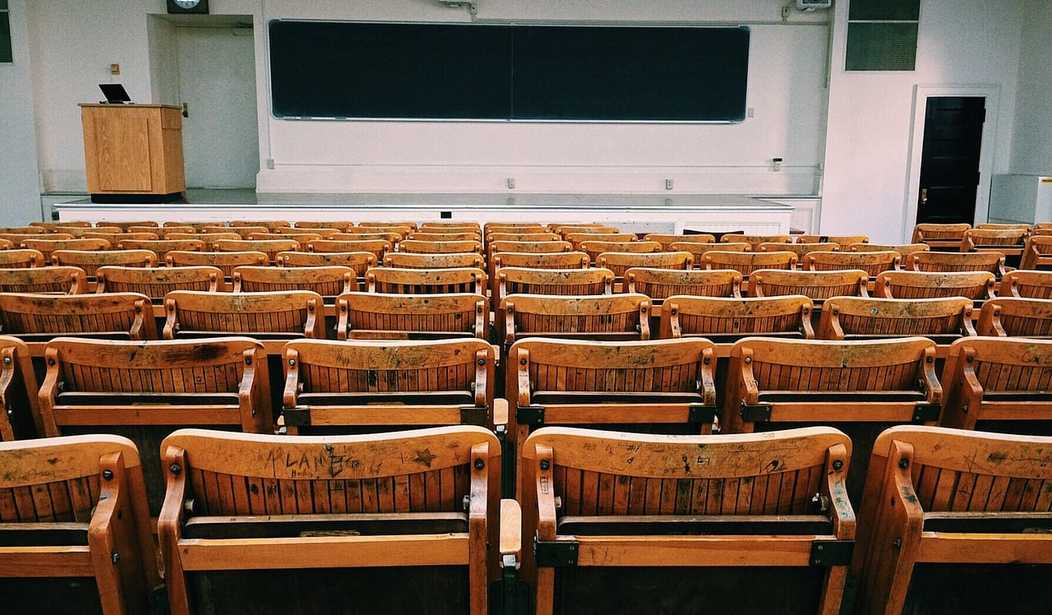School districts across the country have suspended in-person instruction during the COVID-19 pandemic, and many continue to do so despite the fact that children are far less likely to contract the virus or to spread it to adults. At least one school board experienced a financial windfall due to its shift to remote instruction, and it provided a refund to taxpayers. Perhaps this should form a model for school districts across the country.
The school board in Naperville, Ill., announced it would distribute $10 million back to taxpayers, The Washington Examiner reported. This tax refund translates to $200 to $500 for the typical family. That will not make up for the months of “remote learning” when parents had to supervise children as they took lessons on a computer screen, but it will certainly help.
The 10-month pandemic shutdown reportedly generated a savings of roughly $20 million, roughly 6.5 percent of the $300 milllion school budget. The school district’s expenses for transportation, utilities, staffing, and more had dropped significantly during the shutdown.
“It’s amazing that we are the only school district in the area or in the state that has given taxpayers some of their money back,” Naperville school board member Paul Leong told The Examiner‘s Stephen Moore.
Heritage Foundation education analyst Lindsey Burke suggested that if schools aren’t open, the taxpayers who fund the schools deserve a refund. The National Taxpayers Association told The Examiner that it has not found any other school district across America that has done so.
School districts like the one in Naperville should have saved a great deal on transportation, electricity, janitorial fees, and more. Taxpayers pay for the public good of education, and when local governments refuse to provide that good to its full extent, citizens deserve a refund.
Moore asked why more school boards aren’t giving taxpayers a refund. Lost revenues may squeeze some low-income school budgets due to the economic results of the pandemic, but in suburbs where property taxes primarily fund schools, school boards should save money just as Naperville did. Moore also noted that the near-record 12 percent increase in home values over the past year also translates into more revenue for schools.
Homeowners should demand some of their money back. Moore argued that school boards and mayors should require full audits if school authorities claim they did not save money during the shutdowns. Some school districts wasted tax dollars by running school buses without in-person instruction, for example.
According to the Burbio school reopening tracker, 33.6 percent of America’s K-12 students were still attending “virtual-only” schools as of February 15, while 40.8 percent of them were attending “traditional” schools in-person every day. The other 25.6 percent of students were attending “hybrid” schools, with some in-person instruction and some virtual instruction.
That should translate into a boatload of savings, and local school districts should pass on some of that windfall to the taxpayer.
Tyler O’Neil is the author of Making Hate Pay: The Corruption of the Southern Poverty Law Center. Follow him on Twitter at @Tyler2ONeil.









Join the conversation as a VIP Member